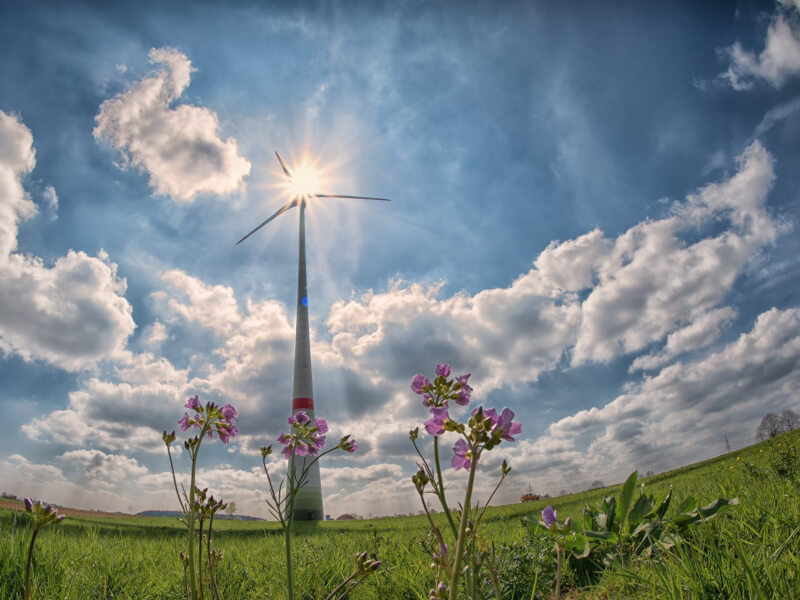30 May 2022 – Fifty years ago, a team of MIT scientists identified that human decision-making was luring our entire population slowly but inexorably toward environmental disaster. Through the first ever computer model of the world, they showed that the relentless pursuit of physical growth and disregard for the physical capacity of our planet would lead – in the early part of the 21st century – to declining quality of life and accelerating disruption of our one and only ecosystem.
As with an irresponsible driver who ignores the signs warning of black ice and crashes to a grizzly death off the side of a mountain, it’s not much good saying “I told you so”. Yet, five decades later, here we are. The world’s biodiverse forests are dwindling. Fish harvests from the oceans flatlined around 1996, almost exactly as foreshadowed by those scientists in their book The Limits to Growth. Global warming has accelerated, fueling larger and more expensive environmental disasters year by year. The quality of life is indeed now falling in many places, social tension is rising, and harbingers of societal breakdown are appearing on every continent bar Antarctica.
If we are honest with ourselves, Stockholm +50 marks fifty years of eco-failure. Though most countries wallow in green talk and nearly all have promised to deliver net zero emissions by 2050, they are still spending many hundreds of billions of dollars a year subsidizing the use of fossil fuels. The use of fossil fuels – coal, oil and gas – is of course the main driver of climate change, being responsible for 70% of man-made emissions of climate gases. Though companies like Exxon and Shell talk about investing in green energy, the top twenty oil and gas companies plan to invest nearly US$1 trillion by 2030 to develop new oil and gas projects. Similarly, JP Morgan may have joined the net zero banking alliance, but it continues to lend hundreds of billions of dollars to the fossil fuel industry. It’s like warning of the risk of wildfires, whilst idly flicking matches into tinder-dry grass to see how many thousands of hectares you can set alight before breakfast.
For decades, it has been normal in business circles to dismiss action on climate change as unaffordable. Environmental protection is frequently described as ‘green tape’ that inhibits investment and economic growth, and alternative economic development models have been dismissed as undemocratic planning. Yet, all the while, long-term interest rates have declined from the low teens in the early 1980s to below 2% towards the end of 2021. The cold, hard financial reality is that there is much more money swilling around the world’s economies and financial systems than there are good places to invest that money.
We have thought long and hard – with our colleagues – about these problems. One of us as a scientist quantifying the urgent imperative to reverse our society’s impending failure. The other as an entrepreneur and financier who sees extraordinary opportunity to deliver both reasonable financial returns and unprecedented impact through investing to deliver the reversal. We both recognise that the main challenge has been the fact that most of the much-needed investments would not generate sufficient near-term returns to be attractive to investors. This is changing, especially for renewable energy, though there remains a need for government funding and philanthropic support to get the ball rolling at sufficient speed.
Through our participation in the Earth4All initiative, we have both seen that five extraordinary turnarounds can reboot our economies, provide attractive returns for long-term investors, reduce the risk of disruptive societal change (aka ‘revolutions’), improve the happiness and wellbeing of every human, and protect our precious natural environment.
Earth4All – initiated by the Club of Rome as part of the 50-year anniversary of The Limits to Growth – supports other estimates (eg IPCC, IEA) that the necessary turnaround will require an investment of roughly US$2-4 trillion per year, similar to the amount the world spends on new cars and a little more than we spend on alcoholic drinks. This is not much in the global perspective, only some 2-4% of annual income, or an increase of some 10% of existing investment flows.
And now, to our main point. For financiers, far from being a financial challenge, the need for a few trillions to improve human wellbeing on a finite planet creates significant new investment opportunities in eco-Infrastructure. These offer predictable long-run returns with built-in inflation protection, attractive to pension funds and others seeking a hedge against instability or collapse in other securities.
The simplest example is investing in wind farms and solar energy this decade for a steady flow of physical electricity (kWhs) for the next several decades. As large energy users find guaranteed energy prices attractive, projects can typically secure ten-year power offtake agreements, thus guaranteeing returns sufficient to secure investment committee approval.
Similar logic applies in farming, where investment in regenerative agricultural practices increases yields, reduces input costs and enhances product quality, resulting in greater returns and lower risk. Meanwhile, with the right long-term supply agreements in place, the growth of agricultural feedstocks for the production of (eg) sustainable aviation fuel will create a huge new opportunity in bioeconomy infrastructure.
This thinking can support development in low-income nations too. Energy and other eco-infrastructure could be built to accelerate industrialisation, with power made available at a nominal charge for the near to medium term. In the longer term, it is likely that the nation could pay a higher price for this electricity based on its new industrial muscle, thus generating the cash flows required to pay pensions to a pension fund’s customers.
Our choice, as individuals, business leaders, investors and politicians, is simple. Follow the path of science and reason and invest profitably to create a better earth for all humanity, or ignore the daily evidence that we are headed in the wrong direction and risk everything you own by plunging onwards into the Second Great Dark Age.
Earth4All Deep Dive 03: Planetary turnaround – an investment banker’s perspective on climate change action





